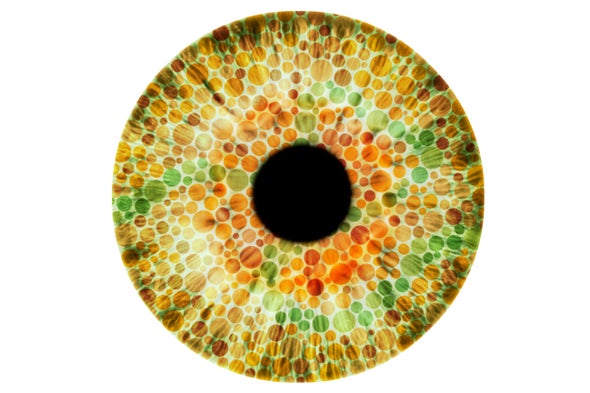The question has been asked often if it is possible to create human organs in the lab. Scientists and researchers have been working on growing organs in the lab for quite some time now. In fact, a recent development in one of such projects has shown more promise in the field of lab-grown organs.
Scientists from Germany had been working on growing a small brain in the lab. Recently, the organ has grown eyes, and this has created a significant breakthrough in the field. It was made possible by using induced pluripotent stem cells (iPSCs). The organoids were then induced to grow parts that could sense light and send signals to the brain. In simple words, they were able to see.
Skin cells were taken from an adult source and inserted into stem cells. Later, these stem cells were put in an environment like that of the human brain so they can grow. As a result, a brain has developed the size of a pea. It could be used to research brain functions and to see the effects of drugs or diseases.
Now, at the University Hospital Düsseldorf, the next step is taken in this regard by growing eyes that appear to be functional. They are placed symmetrically at the front of the small brain. These optic cups were working just fine.
The team of researchers was able to achieve these results with the use of stem cells from four donors. They made 314 brain organoids in 16 batches, with around 72 percent of them forming optic cups. These numbers show a promising future for the field. The structures appeared within 30 to 50 days. The research is published here.

